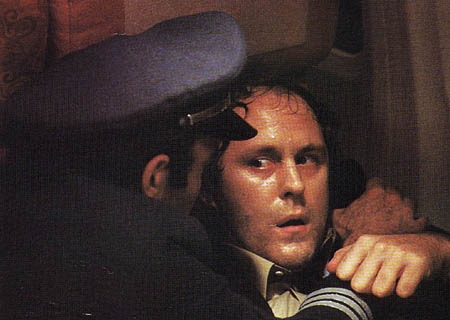Who here remembers “Blaxploitation" films?
As a cinematic genre, this subset of ethnocentric, low-budget 1970s action releases wasn’t particularly noteworthy, although it was historically significant for being the first box office product to specifically target an urban, African American audience and also served as major platform for several funk and soul artists.
Movies such as Shaft and Superfly won little critical acclaim within the film industry, but they did attract a new demographic to the silver screen, filled many an inner city theater on any given weekend and fostered the notion of a black hero at an important moment following the Martin Luther King Jr. assassination and the peak of the Civil Rights movement in the United States. Those two Blaxploitation films in particular also elevated the careers of musicians Isaac Hayes and Curtis Mayfield, earning Hayes a Grammy and an Academy Award. Mayfield's solo, “Super Fly” is ranked 69th on Rolling Stone's list of the 500 Greatest Albums of All Time.
| Tamara Dobson, AKA Cleopatra Jones |
Actor Richard Rountree made Shaft something of a cultural icon, and gave black men in the United States a role model to cheer for; but what about black women? If Shaft had a sister it would have been Cleopatra Jones, the bad-ass martial arts momma played by Amazonian 6-foot-2 actress/model Tamara Dobson.
Cleopatra Jones was a unique hybrid, a marriage of secret agent and funk goddess. She packed the punch and panache of James Bond with the soul and style of Dianna Ross. Beautiful yet lethal, she attracted admiration and commanded respect. Her name alone conjured images of African royalty while hinting at the every-day struggles of the average black gal on the streets.
In a time when “everybody was kung-fu fighting,” no one did it with more panache and sex appeal than Dobson. It was a bold new vision that built on the foundations created just 15 years earlier by the likes of Lena Horne and Diane Carroll, and created a whole new pop culture icon.
"With her flashy style - huge Afro, big hats, leather-trimmed fur coats - Cleopatra was, in the words of the drug traffickers she battled, '10 miles of bad road,'" Time magazine reported, upon Dobson's death in 2006 at age 59.
Dobson was no doubt the archetype for Teresa Graves’ performance in the short-lived 1974 television series, Get Christie Love. You can bet she also inspired novelist Elmore Leonard’s character Jackie Brown in his novel, Rum Punch, which was later made into a feature length film by director Quentin Terrentino.
The strong-black-woman persona that Dobson projected on screen as Cleopatra Jones likely later influenced the muscular aesthetic of Grace Jones, quite possibly inspired the Williams sisters of tennis fame and perhaps even gave impetus to the iron resolve of the first African American Secretary of State, Condoleezza Rice. It almost certainly inspired actress Pam Grier for her most recognized performance.
I could even go as far as linking the moxie of foxy Cleopatra Jones to Beyonce, Opra Winfrey or Michelle Obama. The fact is, today’s empowered black women who project unabashed confidence, independence and strength, certainly owe a debt of gratitude to the late, great Tamara Dobson.











